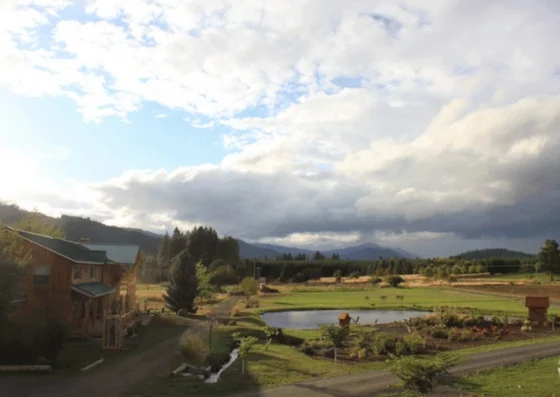"In Zen we have techniques called Koans—riddles or paradoxes to be meditated on, which are designed to help the practitioner experience things as they are prior to labeling, to experience our selves before we developed a name, a self-perception, and a story. Each label, each story, separates us from What Is, and creates duality where in truth, all is One.” —Bernie Glassman
Well said, Bernie. Well said.
Story, in the way that Bernie references it, can indeed be a separating device. Here’s what’s been piquing my interest:
When we don’t bring awareness to what the story is, when we say that all that matters is focusing on the truth of oneness, we miss an important aspect of the koan.
For just as it is true that we are all one, it is true that when we are identified with the conditioned mind, when our stories feel real to us, that that’s the realm where suffering exists. To deny this realm is like denying the reality of a nightmare to a child who has just woken in a pool of sweat.
Would we say to them, “What you are experiencing isn’t real. Get over it?” Of course we wouldn’t
The power of the koan doesn’t simply lie in abiding in the absolute. Resting in it. Knowing ourselves as it. The power lies there, along with clarity about what can (appear to) stand in the way. Simultaneously awake in the direct experience of our true nature, while simultaneously awake to illusion.
In the non-dual recognition of oneness, it is clear that nothing is left outside this reality. Reality and illusion, both comprised of the same reality.
In spiritual circles, there is too often an obsession with ‘the absolute’—as if the illusions created by our conditioned stories aren’t worth attending to since they are ‘just illusions’ in that realm. Meanwhile, a lack of attention to the processes of the conditioned mind wreak havoc on the relative plane. The plane that, for many of us, can feel most real.
I experienced this recently with someone that I know well. Talk of ‘a larger reality,’ with no recognition of the conditioned processes that keep a fiercely defended ego structure in place. So while there was lip service to ‘what’s beyond’, there was no clarity about the ego structure that kicks and screams and fights for its life.
There isn’t freedom there. There can’t be.
Having clarity about conditioned processes, or our stories, is like understanding our own nightmare so intimately that there’s nothing left of it to haunt us. We know what the boogie man looks like. We know how he moves. When know when he comes out at night and, most importantly, we know that we cannot be harmed by him. We’ve done the experiment within ourselves.
We cannot be harmed by him because he isn’t outside the absolute. He isn’t born of some separate substance that can threaten our true nature. In this lived and direct experience lives fearlessness.
Without bringing awareness to conditioned processes, fear thrives. It’s scary not to know when this boogie man is coming—this figure that feels deeply real to us when we are identified with the mind of limitation. It’s scary (to the ego, to that which perceives itself as separate from life) not to know how he will move or what he is capable of.
It is only through a practice of clear seeing that the movement of this boogie man, of our conditioned processes, become so completely known and intimate that they lose all power. In this repetitive process of seeing, again and again, nightmares become translucent. It is then that the nature of the illusion is freed to shine through. It is then that we recognize the reality of the illusion as consciousness itself.
If we overlook this, we are creating a divide between the relative and the absolute that, in actuality, doesn’t exist.
A true koan invites us into the recognition of this truth—and we don’t need to look to ancient texts to find them. Koans are right here arising in our every day lives. It’s these koans, these stories that hook us, these processes of the conditioned mind, that hold a key to our awakening.
The circumstances of our own lives provide the lessons for our liberation. And through practice, our stories become transparent, worn out, leaving What Is to illuminate the Universe—as it naturally does.
I’m delighted that soon I’ll be exploring these themes more fully on the upcoming retreat with Suniti Dernovsek: Koans of Our Bodies, Koans of Our Lives. We still have a few spots left. You are invited to join us.

